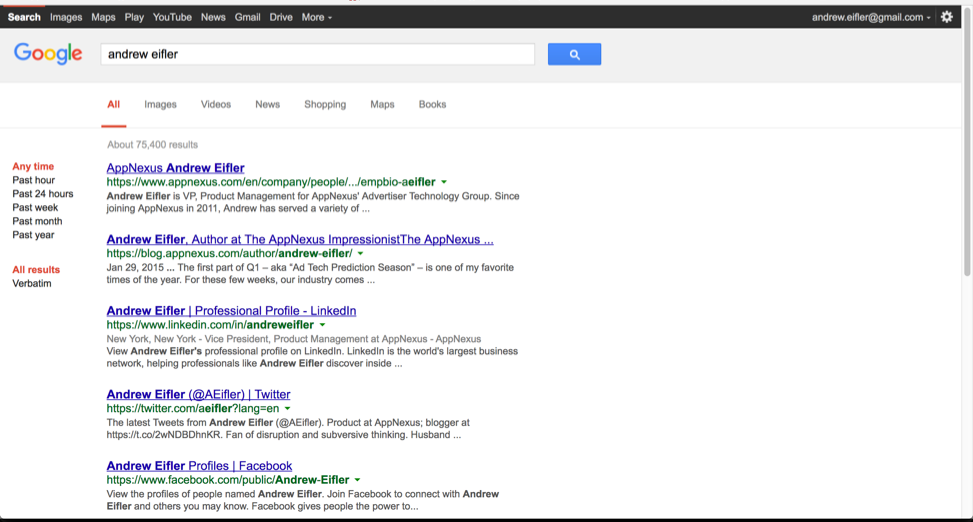This past weekend I listened to a really fascinating episode of the Radiolab podcast about stochasticity (which is a fancy word for randomness) and finding patterns. One part of the episode explored the story of Ann Klinestiver, a teacher who was diagnosed with Parkinson’s disease and later become a gambling addict. Evidently, it’s very common for people with Parkinson’s to develop a gambling addiction.
When I first heard this, it sounded preposterous. Why would Parkinson’s disease have anything to do with gambling addiction?
Before this makes any sense, first we need to think about how dopamine works.
My understanding of the brain is pretty primitive – but according to the podcast, dopamine plays two key roles in the brain:
- Role 1) “Pleasure” or reward indicator. Your brain releases dopamine when you’re doing something that feels good or is enjoyable.
- Role 2) Movement and motor skills. Your brain uses dopamine as a key component of making your body move.
Parkinson’s is a disease where the part of your brain that uses dopamine to move (Role 2 above) starts to die. That’s why Parkinson’s patients tend to have trouble with movement.
To treat Parkinson’s, patients take synthetic dopamine drugs to help with their movement (that’s where the shaking comes from – too much dopamine makes it hard to stop moving).
So – what does all this have to do with gambling addiction?
That’s where dopamine “Role 1” comes in.









